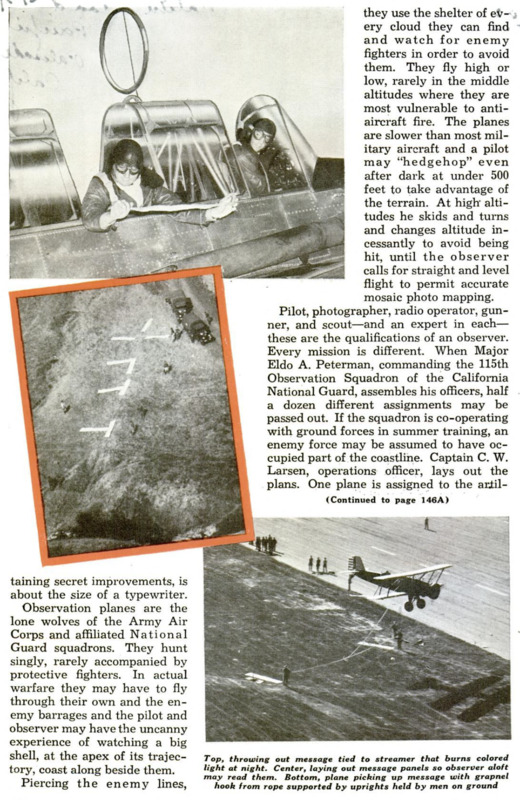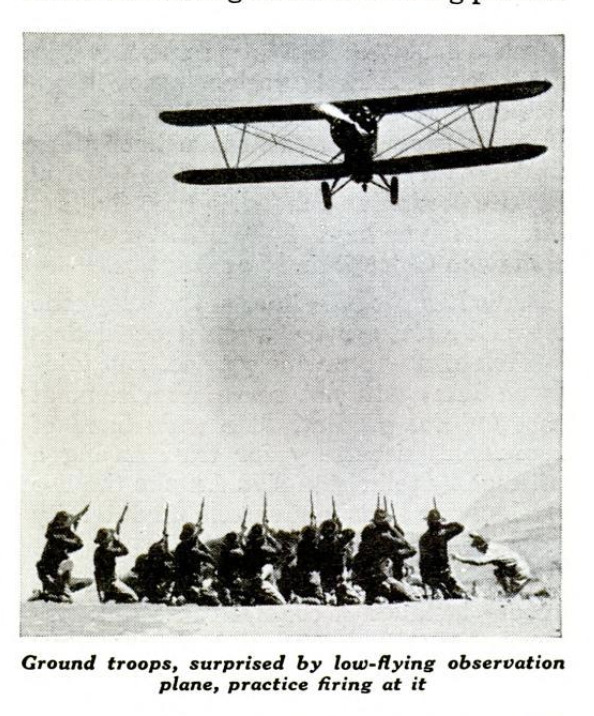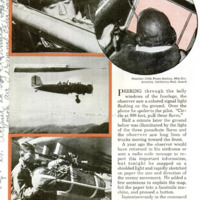The "Flying Eyes" of the Army
Contenuto
- Titolo
- The "Flying Eyes" of the Army
- Article Title and/or Image Caption
- The "Flying Eyes" of the Army
- Lingua
- eng
- Copertura temporale
- World War II
- Data di rilascio
- 1940-05
- pagine
- 668-670, 146A, 149A
- Diritti
- Public Domain (Google digitized)
- Sorgente
- Google books
- Archived by
- Enrico Saonara
- Alberto Bordignon (Supervisor)
- Copertura territoriale
- United States of America








